There are a number of similar questions on here, but a lot of the answers say to force the use of an index and that doesn't seem to speed anything up for me.
I am wanting to show a "live" counter on my website showing the number of rows in a table. Kind of like how some websites show the number of registered users, or some other statistic, in "real time" (i.e. updated frequently using ajax or websockets).
My table has about 5M rows. It's growing fairly quickly and there is a high volume of inserts and deletes on it. Running
select count(*) from my_table
Takes 1.367 seconds, which is unacceptable because I need my application to get the new row count about once per second.
I tried what many of the answers on here suggest and changed the query to:
select count(*) from my_table use index(my_index)
Where my_index is Normal, BTREE on a bigint field. But the time actually increased to 1.414 seconds.
Why doesn't using an index speed up the query as many answers on here said it would?
Another option some answers suggest is to put a trigger on the table that increments a column in another table. So I could create a stats table and whenever a row is inserted or deleted in my_table have a trigger increment or decrement a column in the stats table. Is this the only other option, since using an index doesn't seem to work?
EDIT: Here's a perfect example of the type of thing I'm trying to accomplish: https://www.freelancer.com. Scroll to the bottom of the page and you'll see:

Those numbers update every second or so.